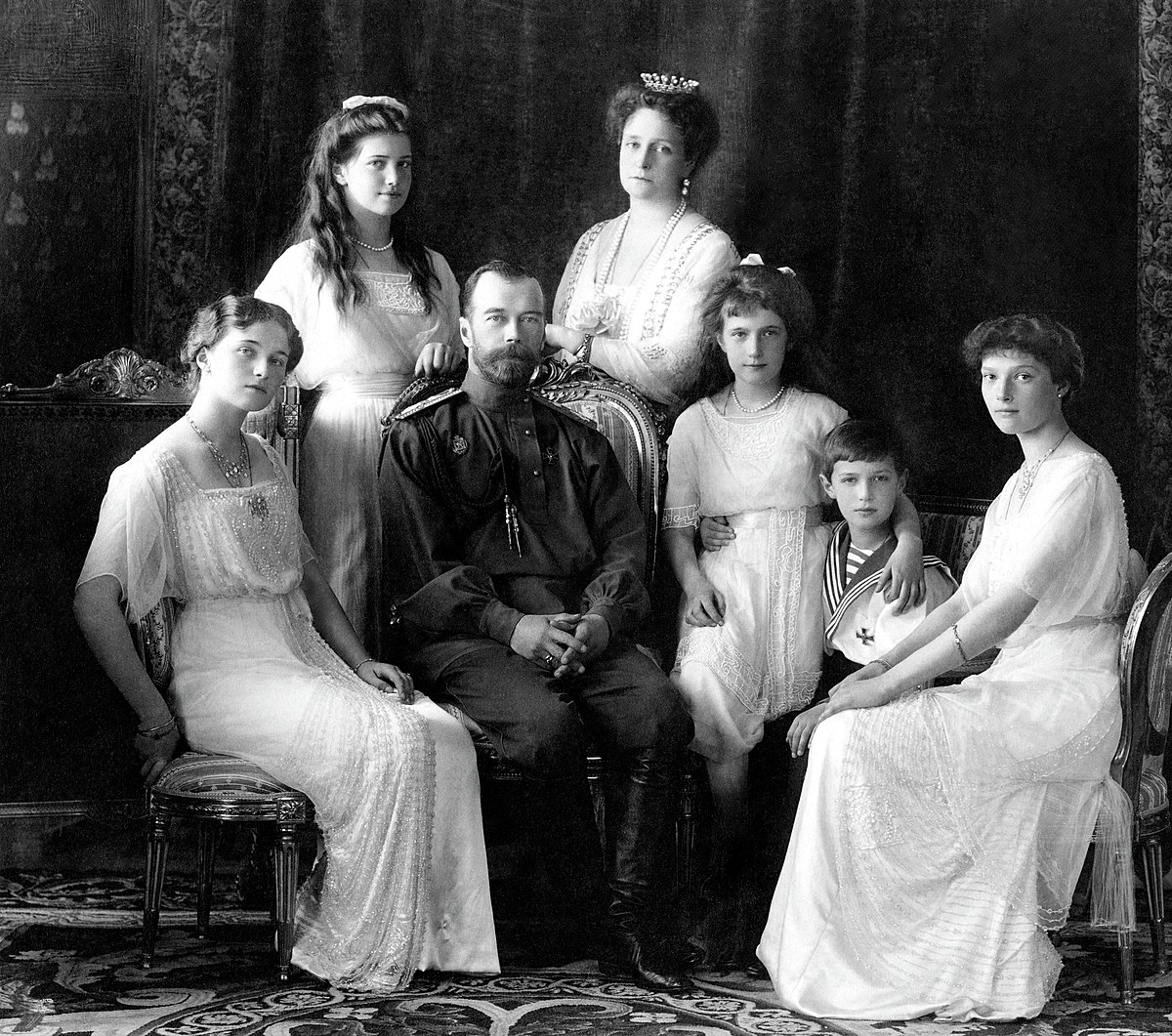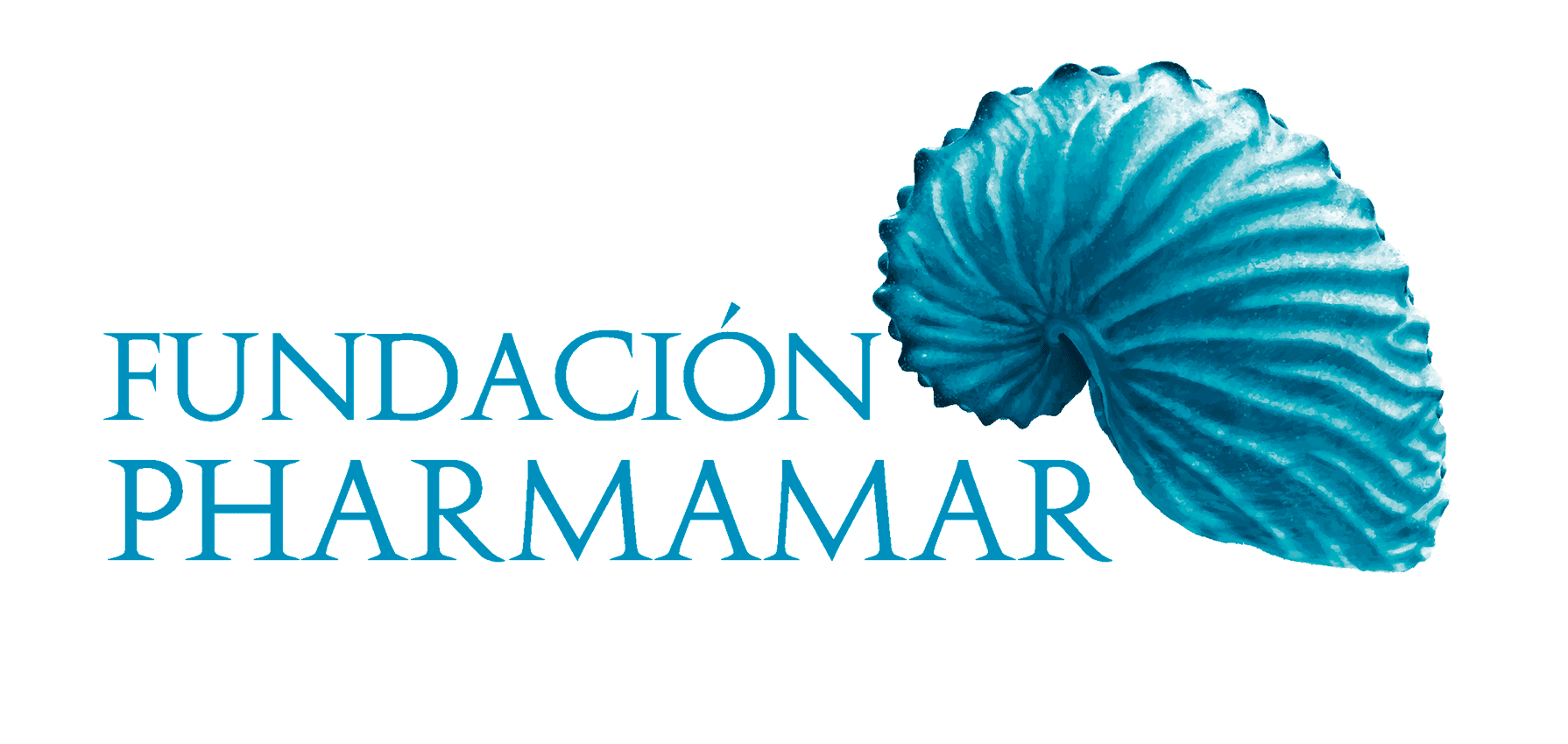FORMULARIO DE REGISTRO

- This event has passed.
The Romanovs: DNA in the service of history
25 October, 2023 @ 6:00 pm - 7:00 pm

In 1918, during the Russian Revolution, Tsar Nicholas II, his wife Alexandra and their children were assassinated. However, these facts were hidden; there was never official confirmation, giving rise to numerous versions, including the possibility that one of the daughters had survived: the Grand Duchess Anastasia. All these hypotheses have been maintained during most of the 20th century because the bodies were never found.
In 1992, in the outskirts of Ekaterinburg (near the Ural Mountains), skeletal remains were exhumed that could belong to the imperial family. All of them showed bullet impacts and acid corrosion. Ceramic fragments were also found that could have contained some corrosive substance. Anthropological, morphological, odontological and archaeological tests were carried out and a genetic study was proposed, although there was little experience in DNA analysis on such old and deteriorated samples. On the other hand, genealogies had to be examined to find living relatives of the Romanov family in order to establish the DNA comparison.
DNA tests seemed to confirm that the skeletons belonged to the Romanov family, but two bodies were missing in the mass grave (that of the heir, Tsarevich Alexei and that of one of the Tsar’s daughters). These results and the multiple technical difficulties, sparked controversy: Some sectors of the Russian Orthodox Church and some members of the Romanov family raised doubts about the authenticity of the remains and the reliability of the evidence.
n 2007, new skeletal remains were found 70 meters from the first excavation, although they were highly fragmented and subjected to various types of destruction (including incineration). Analyses of the second remains were carried out in three independent laboratories (Russia, Europe and USA). Analyses were also repeated on the samples recovered in 1992. In 2009, the final joint report with the conclusions was published: these were the two skeletons missing from the mass grave. The analyses have continued, until 2015 even recovering pieces from the Hermitage Museum (St. Petersburg) and exhuming remains of direct relatives of the Tsar. Legal-historical and archival assessments have also been carried out.
In 2020 the Russian Investigative Committee (RIC) the country’s main criminal investigation institute, reconfirmed that, after 37 forensic analyses, that the bones belonged to the royal family.
Today, more than three decades after the first analyses, the Orthodox Church still has not pronounced itself on the authenticity of the bones and a Commission has been created together with the Russian Imperial House and a Committee of Experts to continue investigating. The controversy continues.
Co-organized:


Speaker:
Dr. Ana Gremo
